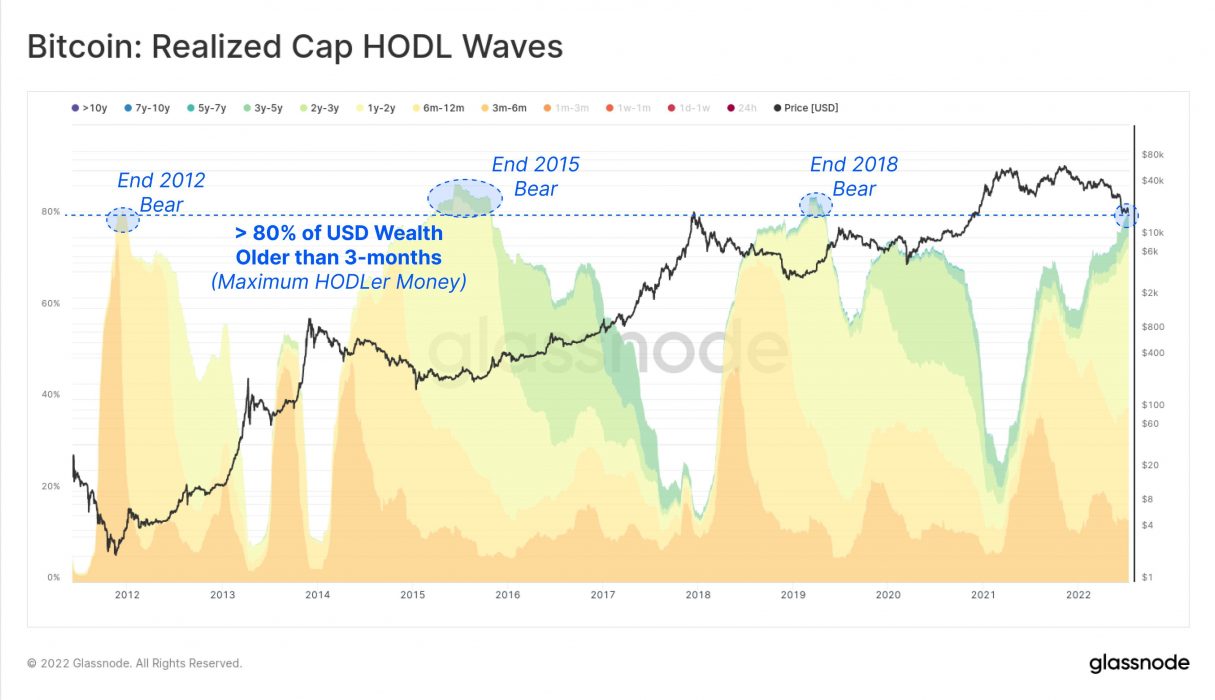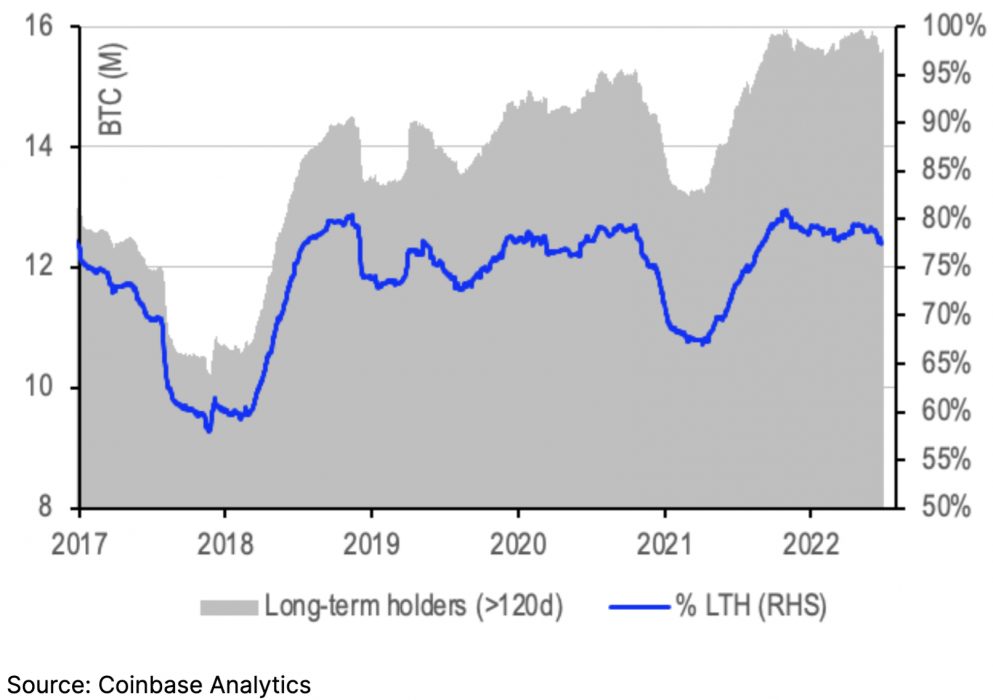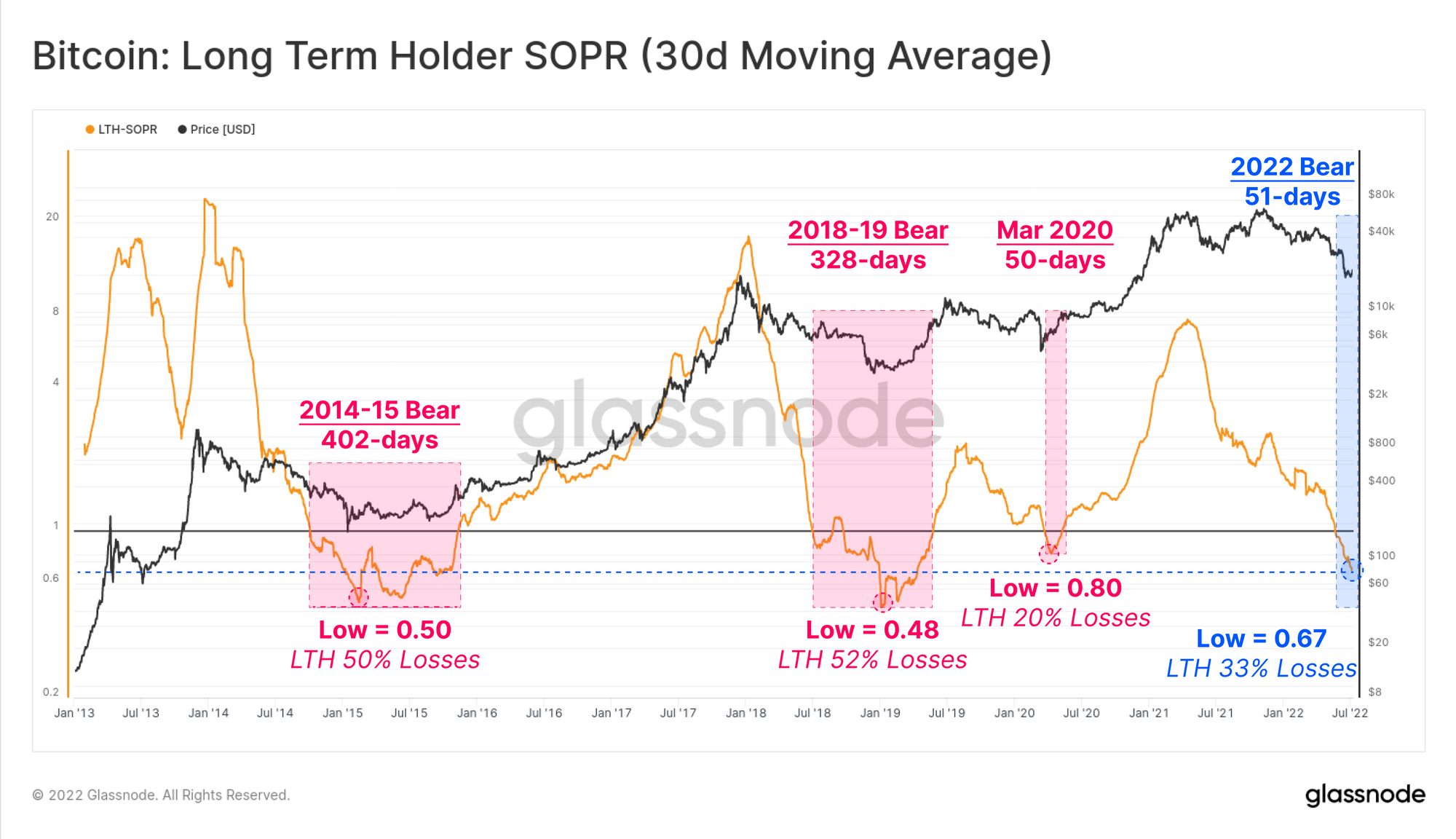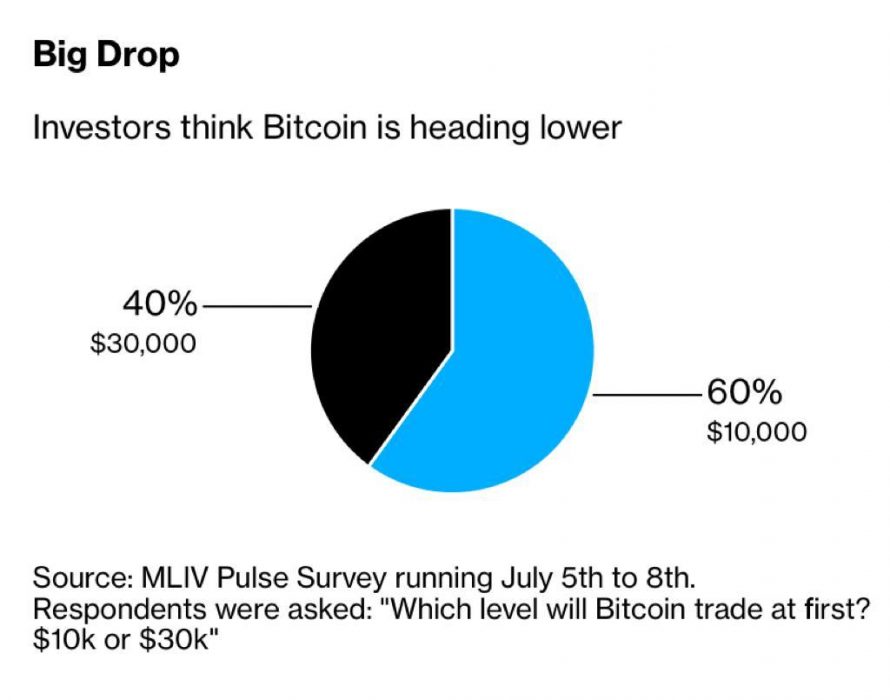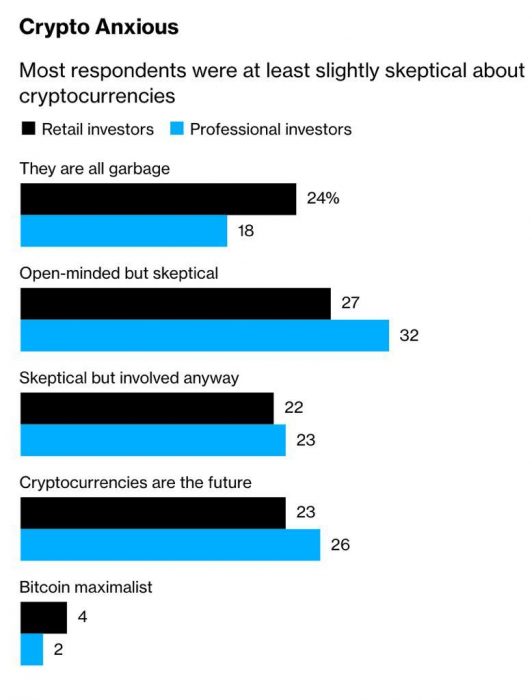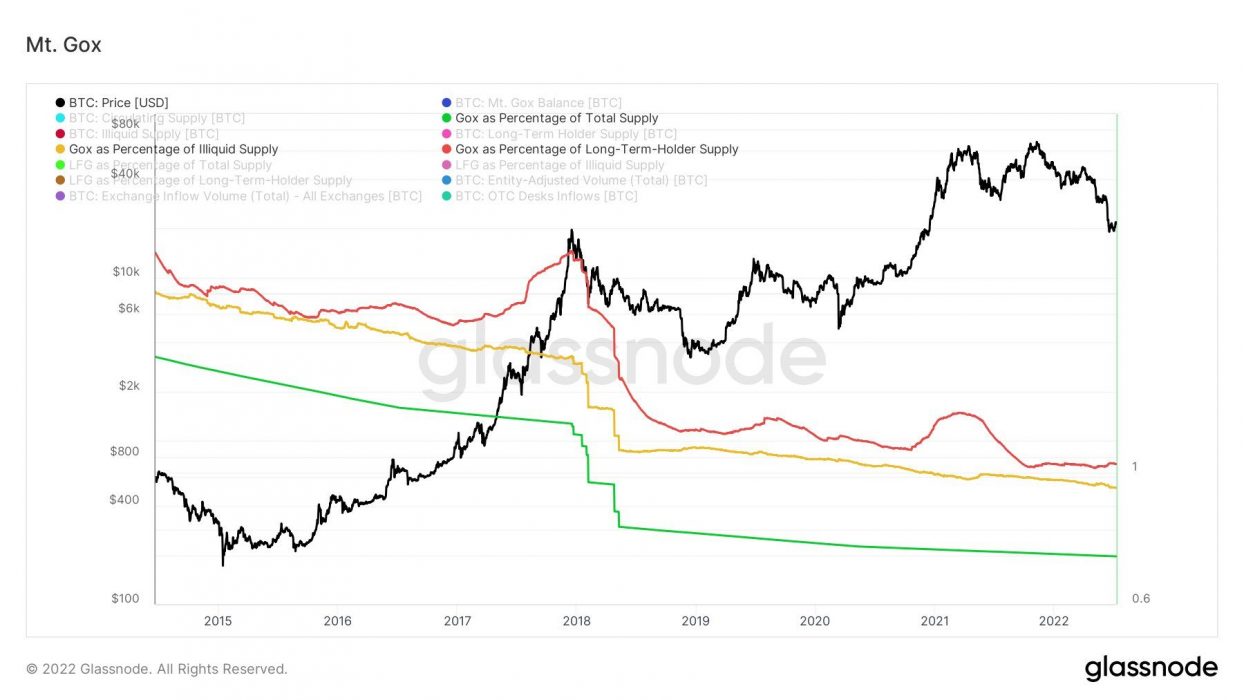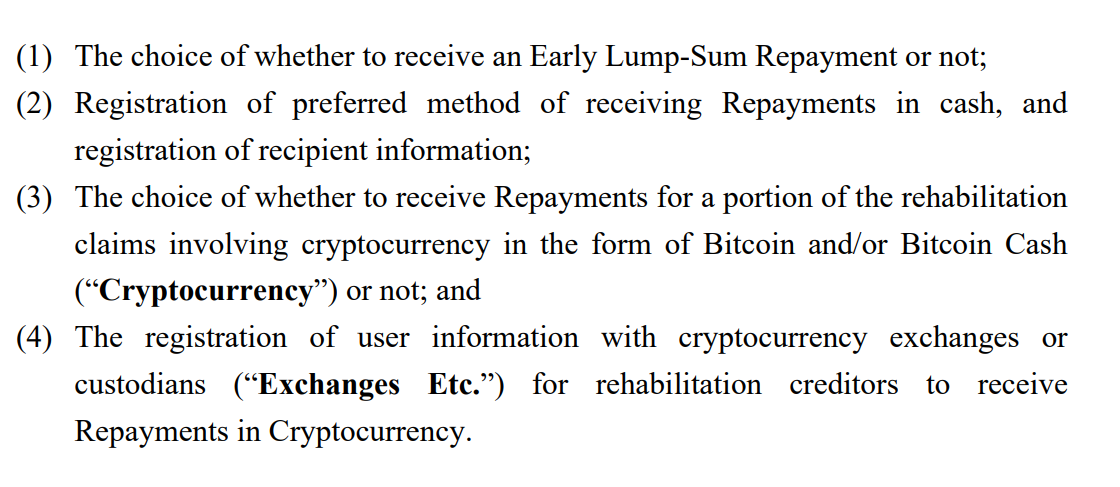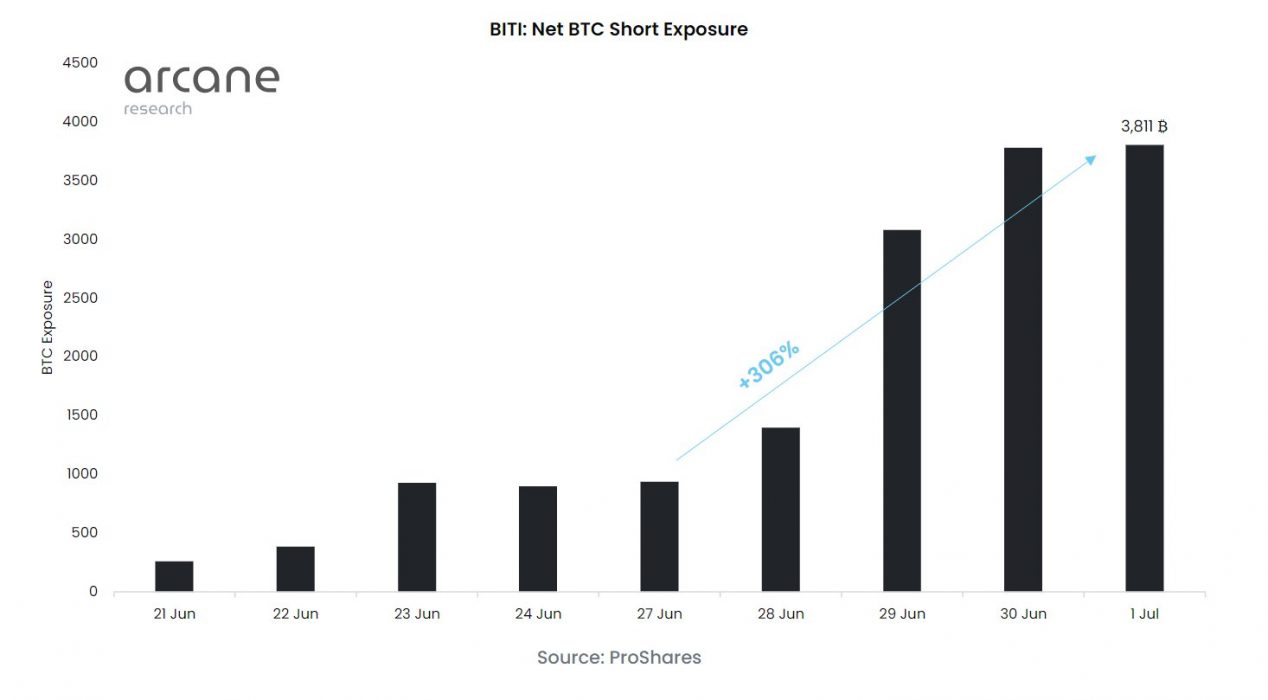When deeply indebted crypto lender Celsius filed for bankruptcy last week, it was well known that the company had taken enormous risks with user deposits.
Now, in an astounding twist, Celsius’ lawyers have laid claim to most of these deposits, arguing that they were theirs all along:
Writing on the Wall
Prior to Celsius declaring bankruptcy, a report by The Wall Street Journal found that the lender carried more than twice the risk of a traditional bank, reflected in an assets-to-equity ratio of 19:1, compared to the median of North American banks, which is closer to 9:1.
Put differently, Celsius had more than double the liabilities of a traditional bank, making it intrinsically more risky. Couple that with a business model predicated on material leverage and one is left with little margin for error when the tide turns (as the crypto market has in 2022).
At the time, many were ringing the alarm bells, with one prominent crypto sceptic commenting in a piece titled “Why Celsius Network’s depositors won’t get their money back”:

Celsius is not an asset manager, it’s a shadow bank. And deposits in banks aren’t even ‘customer assets’, let alone ‘assets under management’. Celsius’ terms of use make it completely clear that customers who deposit funds in its interest-bearing accounts are lending their funds to Celsius to do with as it pleases. And it specifically says that in the event of bankruptcy, customers might not get all – or indeed any – of their money back.
Frances Coppola, financial journalist
Not Your Keys, Not Your Coins
Unfortunately for Celsius customers, Coppola’s assessment appears to have largely hit the mark, at least according to arguments being made by the Celsius legal team.
Three key segments of Celsius’ retail business were identified – “Earn”,
Borrow”, and “Custody”. Of these, 77 percent were in the “Earn” program, whereas just 4 percent were in the “Custody” program. In the case of insolvency, these differences are significant.
In terms of the company’s terms and conditions, “Earn” users effectively handed over ownership of their crypto to Celsius, who seemingly could do as it wished. Specifically, the wording provided that: “title to coins is transferred to Celsius, and Celsius is entitled to use, sell, pledge, and rehypothecate those coins”.
While the position of “Borrow” users is unclear, “Custody” users are said to retain ownership in their crypto, which sadly accounts for just 4 percent of users.
Attorney David Silver offered a scathing account of day one in Celsius’ insolvency proceedings, commenting:
Creative destruction is inevitable in all free markets, which necessarily entails pain (and, hopefully, some useful lessons for the future). Arguably, one of the key takeaways from this cycle is that the benefits of yield programs were vastly overstated, and the risks significantly misunderstood and understated.



